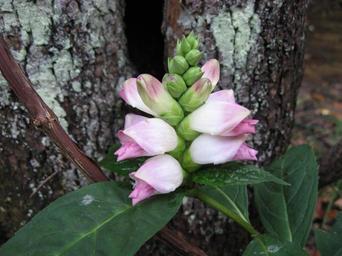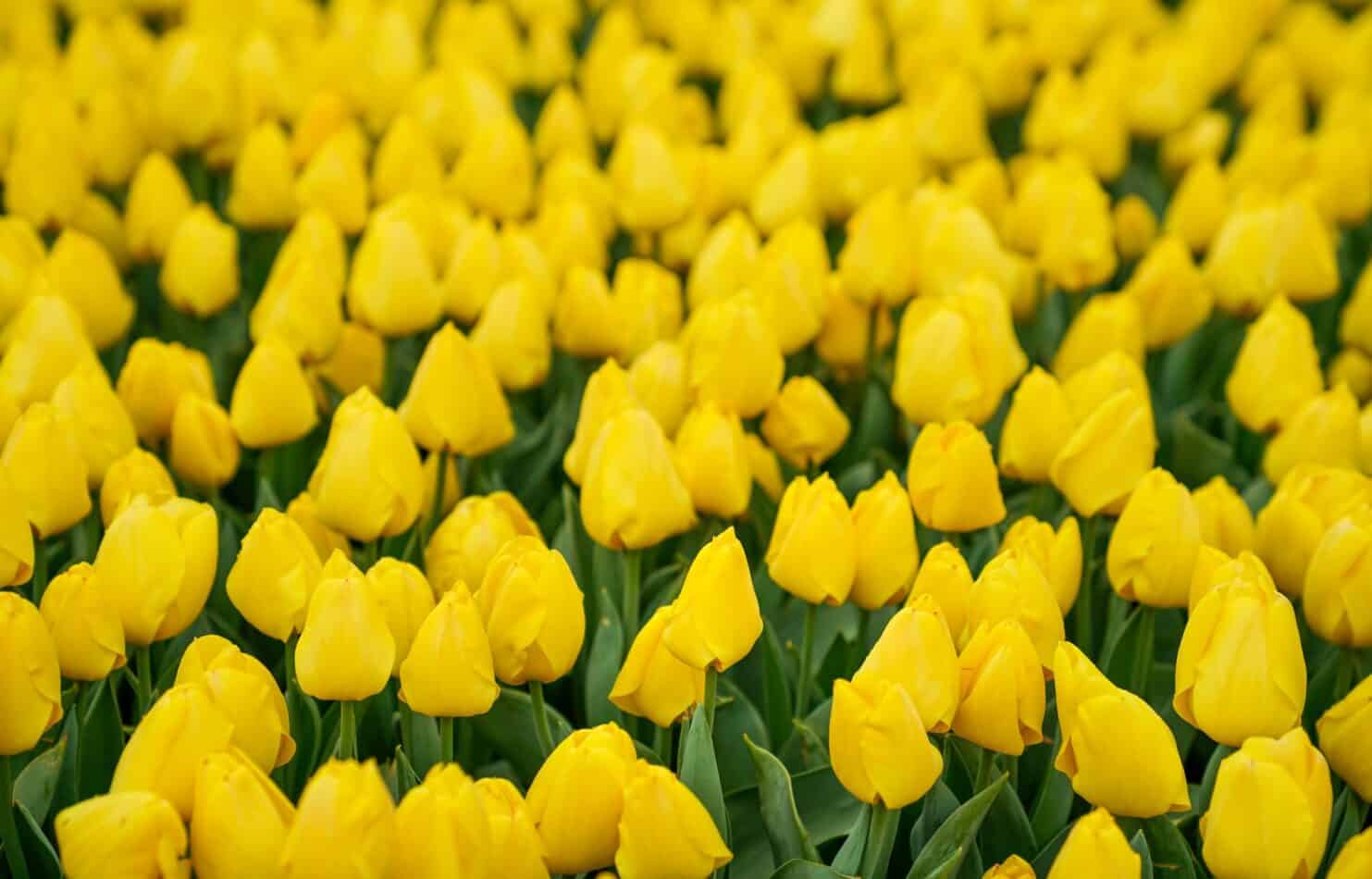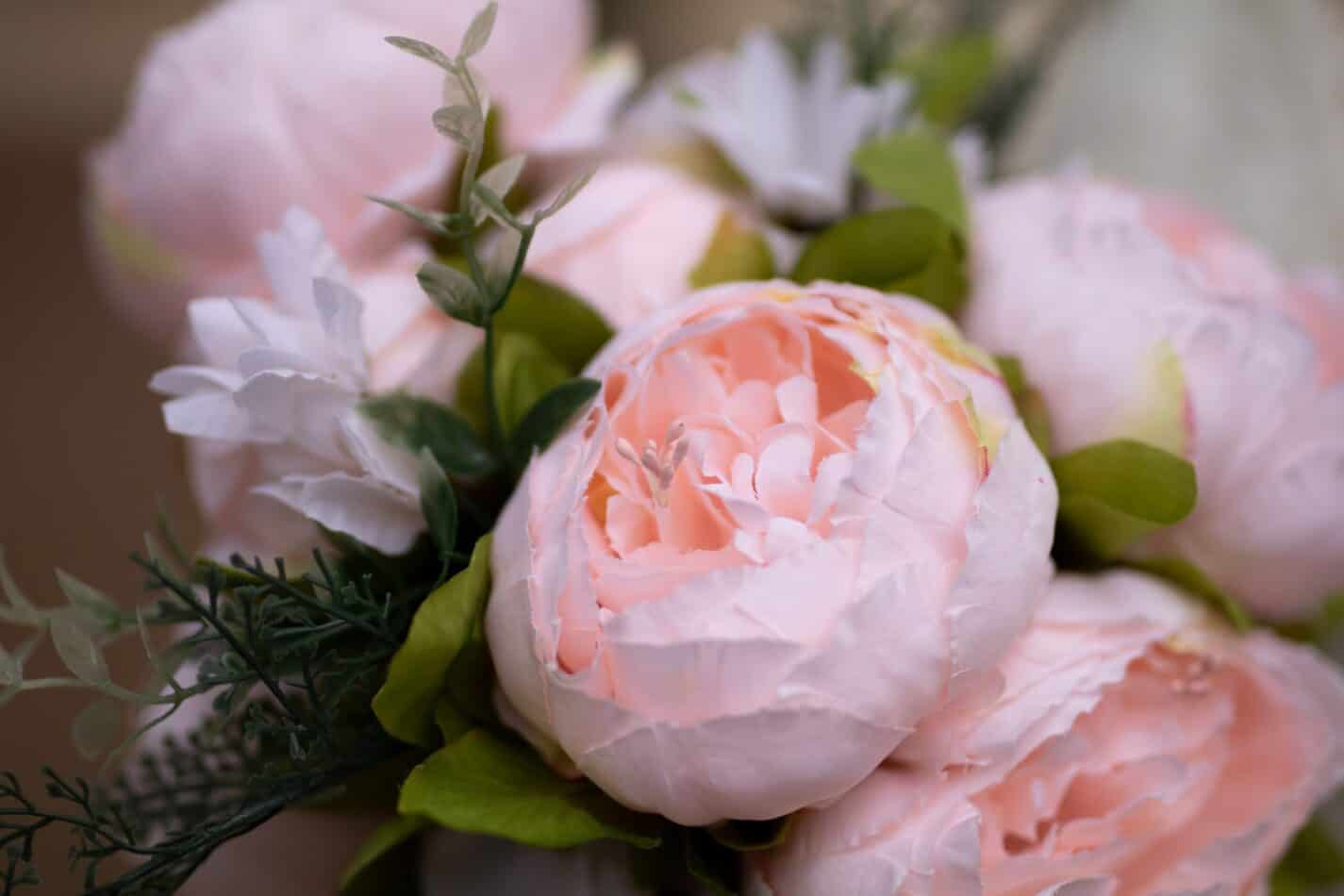White Turtlehead, also known as Chelone Glabra, is a perennial wildflower native to the eastern United States. Its distinct white flowers resemble the head of a turtle, hence its name. It is a hardy plant that can thrive in moist, shaded areas, making it a popular choice for gardens and landscaping projects. In addition to its aesthetic appeal, White Turtlehead also provides food and habitat for various wildlife, making it a valuable addition to any natural area.
Family
White Turtlehead is in the Plantaginaceae family, which includes more than 200 genera of herbaceous plants, shrubs and trees in its family. Chelone Glabra is a perennial which stands for a plant that lives more than two years.
Etymology
The word ‘Chelone’ has derived from the Greek word for ‘Tortoise’ and ‘Glabra’ stands for ‘smooth’; this implies that the leaves of this magnificent flower appear somewhat similar to the attributes of a tortoise, hence the name Turtlehead.
Meaning and Symbolism
Turtleheads have been around for a long time, as many folks were familiar with them in ancient Greece. Turtleheads were believed to have formed a protective wall around Odysseus when he returned from his voyage to the sirens.
The symbolism of White Turtlehead has a few meanings. Generally, it is associated with determination, resilience, honesty, and perseverance. In the flower language, it carries a message of good luck and optimism when the recipient receives the flower.
White Turtlehead produces handsome spikes of two-lipped flowers. The flower heads resemble a turtle’s head, hence its name. They are either white or pink-tinged and bloom in late summer through to fall. Their preferred environmental conditions are moisture, as they grow in moist to wet soil and thrive in drizzly regions.
White Turtlehead is a popular choice for gardeners around the world, as it provides beauty with its showy spikes of two-lipped flowers. The various species that exist within the Chelone Genus offer a great variety in textures and color. They can be used both to decorate a living room or garden.
How to Plant White Turtlehead
When planting White Turtlehead, it’s important to keep in mind these specific needs of the plant.
Water
White Turtlehead prefers consistently moist soil to thrive, but it should not be waterlogged. It’s important to keep the soil moist, but not overly wet, so regular watering is necessary, especially during hot and dry periods. One way to ensure that the soil stays moist is to apply a layer of mulch around the base of the plant. This helps to retain moisture and regulate soil temperature. Avoid getting water on the foliage, as this can lead to fungal diseases.
Soil
Chelone Glabra prefers a well-drained soil that is moist and rich in organic matter. The ideal pH range for the soil is between 6 and 7.5. Adding compost or other organic matter to the soil before planting can help improve its fertility and water-holding capacity. Avoid planting in heavy clay soils or areas prone to standing water, as this can lead to root rot. Regularly adding a layer of mulch around the base of the plant can help maintain soil moisture and temperature.
Light
White Turtlehead prefers a location with full sun exposure or partial shade. It can grow in shade, but it may not flower as well as in full sun. In areas with hot summers, partial shade is recommended to protect the plant from excessive heat. It is important to ensure that the plant receives adequate sunlight to promote healthy growth and flowering.
Humidity
While White Turtlehead prefers moderate humidity levels, it is a hardy plant that can tolerate lower levels of humidity. However, it is important to ensure that the soil stays consistently moist to support healthy growth. If the air is too dry, it may be helpful to mist the leaves with water to increase humidity around the plant. Overall, as long as the soil moisture is maintained, White Turtlehead can thrive in a range of humidity conditions.
Pruning
Pruning the plant is important to maintain its shape and prevent the spread of unhealthy or damaged parts. It should be done in early spring when the plant comes out of dormancy. Remove any dead or diseased stems, and cut back to encourage new growth. You can also pinch back the tips of the stems in late spring or early summer to promote bushier growth and more blooms. Be sure to use sharp, clean pruning tools to avoid damaging the plant.
How to Propagate White Turtlehead
Propagating White Turtlehead is mostly done by the division of rhizomes. It can be propagated either by the seeds or by the division of clumps. Propagation by the division of rhizomes should be done in the late summer, after the flowering period. If done in the spring, it can lead to the improper formation of root system and hence, the weak new plant might not survive.
Pests and Common Diseases
These plants are generally disease and pest free, but some pests like slugs, aphids, and caterpillars may cause harm. To prevent damage to the plant, it is recommended to use organic objects such as diatomaceous earth and egg shells around the base of the plant. Pesticides and fungicides may also be used, but it’s important to use them carefully to avoid damaging the delicate and attractive flowers.
Frequently asked questions for White Turtlehead
Q: What is the optimal soil type for growing White Turtlehead?
A: The ideal soil type for White Turtlehead is moist soil with an acidic pH.
Q: Can White Turtlehead be grown indoors?
A: Yes, White Turtlehead can be grown indoors, provided that it is given the right amount of sunlight and moisture.
Q: When is the best time to propagate White Turtlehead?
A: The best time to propagate White Turtlehead is in the late summer, after the flowering period.
Fact Sheet
| Common Name | White Turtlehead |
|---|---|
| Scientific Name | Chelone glabra |
| Plant Type | Herbaceous perennial |
| Mature Size | 2-3 feet tall and wide |
| Sun Exposure | Full sun to partial shade |
| Soil Type | Moist, well-draining soil |
| Soil pH | Acidic to neutral (pH 5.5 to 7.0) |
| Bloom Time | Late summer to early fall |
| Flower Color | White, occasionally with pink or purple markings |
| Hardiness Zones | 3-8 |
| Native Area | Eastern North America, from Canada to the Gulf of Mexico |
What we love from Amazon this week
Buy these wonderful flowers directly from Amazon:















